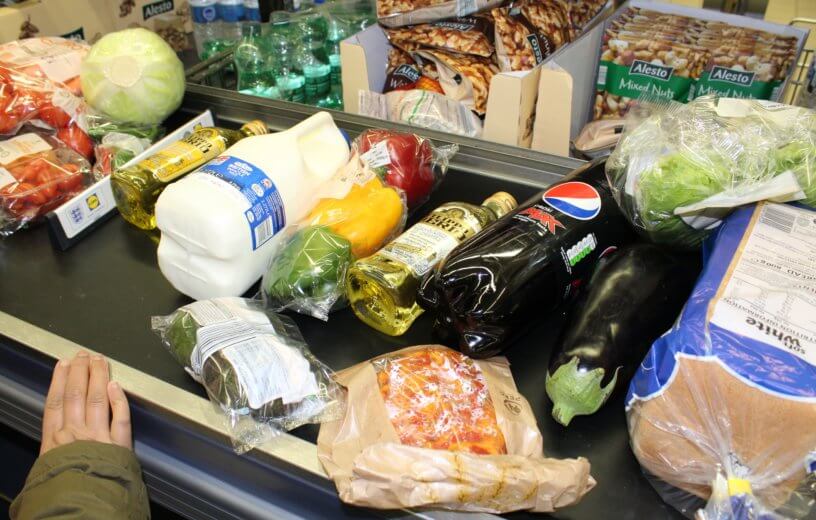GOTHENBURG, Sweden — You may save money buying items featured in those weekly grocery store flyers, but a new study finds you may not be cutting calories. Researchers at the University of Gothenburg in Sweden examined the weekly flyers from 122 local grocery stores during a four-week period, to assess the health quality of the foods in the ads. Their results find that most will likely pack on the pounds in an unhealthy way.
“Our study reveals that the majority of grocery store advertisements promote unhealthy foods, going against recommended dietary guidelines,” says researcher Melissa Mjöberg in a university release.
The team compared the foods in the flyers with the Nordic Nutrition Recommendations and the World Health Organization’s European guidelines. They also considered the socio-economic index classification provided by Statistics Sweden for each store.
The findings revealed that two-thirds of the flyers contained foods classified as unhealthy or essentially unhealthy. Researchers analyzed a total of nearly 30,000 products, with high-sugar foods and drinks being the most commonly advertised.

The study concluded that the advertisements did not align with the Nordic Nutrition Recommendations, which serve as the basis for the Swedish dietary guidelines recommended by the Swedish National Food Agency.
Interestingly, some food chains in areas with lower socio-economic conditions tended to promote more unhealthy food compared to areas with better economic conditions. Mjöberg emphasizes the influence of consumer values and the surrounding environment on food choices. While individuals have a responsibility to make healthy choices, she says advertising plays a crucial role, particularly during times of rising food prices. This underscores the need to examine the product range in grocery store promotions.
Monica Hunsberger, a senior lecturer and author of the study, emphasizes the importance of designing physical and digital food environments that facilitate healthy choices. All stakeholders involved in shaping the food environment she says must share the responsibility. National dietary recommendations can serve as a common guideline for promoting healthier options, but the study shows reducing health inequalities becomes an important objective in addressing this issue.
The study is published in the journal BMC Public Health.

